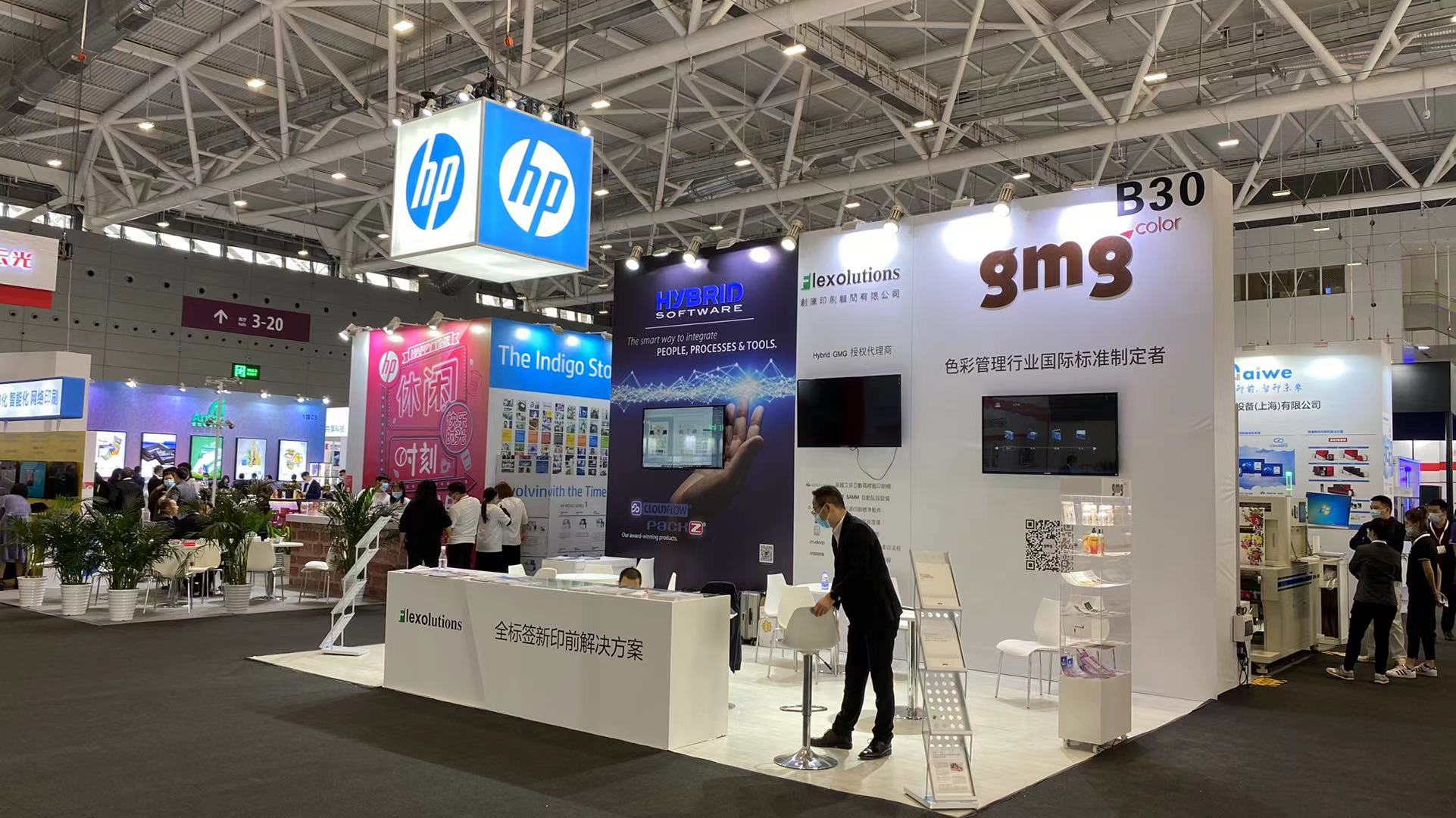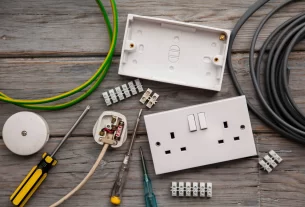What’s the way to make an exhibition nowadays? Expo centers and galleries have been out of question for a while due to travel restrictions. While some people may be able to attend, the majority likely would not be able to visit. The answer is simple – give a try to a hybrid exhibition model. What this means is that while you would still hold a physical event for those who can come in person, you will also use the Internet to expo your product to those who are not able to travel. While this approach will require some adjustments, it has also proved to be an effective way to carry on with networking, and there are events management services that offer solutions to make things easier to both exhibitors and attendees.
Benefits Of Hosting A Hybrid Exhibition
Digital events help to reduce transportation and accommodation expenses as the whole thing is done online. Even those who cannot afford event days or does not have a way to travel can still visit, send their questions and receive answers. This applies to both exhibitors and visitors, and makes events more affordable than ever before.
Digital Events: How Do They Work?
Now that we’ve briefly talked about hybrid events, you might be wondering how it actually works if there is no physical event involved anyway. Well, take a few minutes to read this blog post – we will take you through the stages of digital events from start to finish.
1) Create Account – Signup Process
You might already have a personal account with an events management platform. If you do not, create one – it is free and easy to do and you often can sign up with your social media or email address.
2) Set Up Event
Once logged in, start creating an event by clicking “New Event” button. The event page might look different depending on the platform you are using, but there will usually be some info required, such as: scheduled date, duration etc. You can choose from predefined themes or design your own layout according to what you need for promoting your product. Get creative!
3) Invite speakers
As events are digital events, this means they are mostly made up of presentations given by experts who understand their subjects well. You can create a list of events that will later be sent to the speakers you have chosen. Provide them with details and information about how they will benefit from being a part of your event.
4) Prepare presentations
Depending on the events management platform, there might be different ways to design your presentation or maximize its potential so that attendees who cannot come in person will still enjoy it online. A good thing about digital events is that you can prepare videos in advance, so remember to give this option a try if it’s available. One important tip: make sure that all participants – speakers and presenters in particular – know and understand the technology well, in order not to waste time on technical issues.
5) Promote events
Now comes the time to spread the word about your events online! Remember, this is an important part if you want to get active attendees involved in your events. You can advertise events via social media platforms, blogs, or email lists – you name it, there must be some trick that will work for you.
6) Conduct events
When everything is set up, start using all features of digital events management platform to engage visitors and speakers alike. Take feedback into consideration and ask relevant questions since this is a great ways to obtain information that will help future events run even better!
7) Evaluate results
At the end of each event – monthly meetings for instance, make time to evaluate your success rate and read what others have to say about it.




